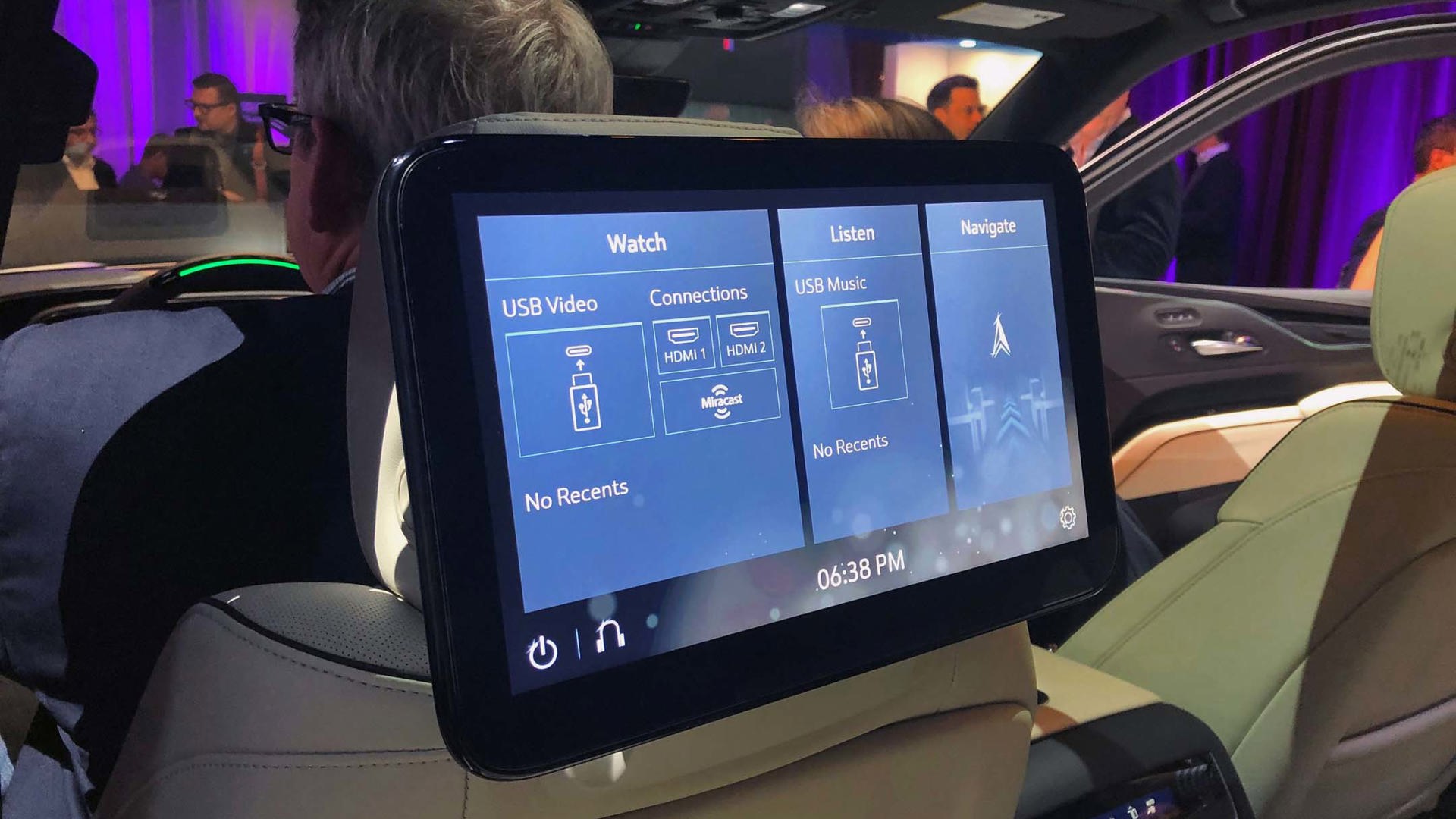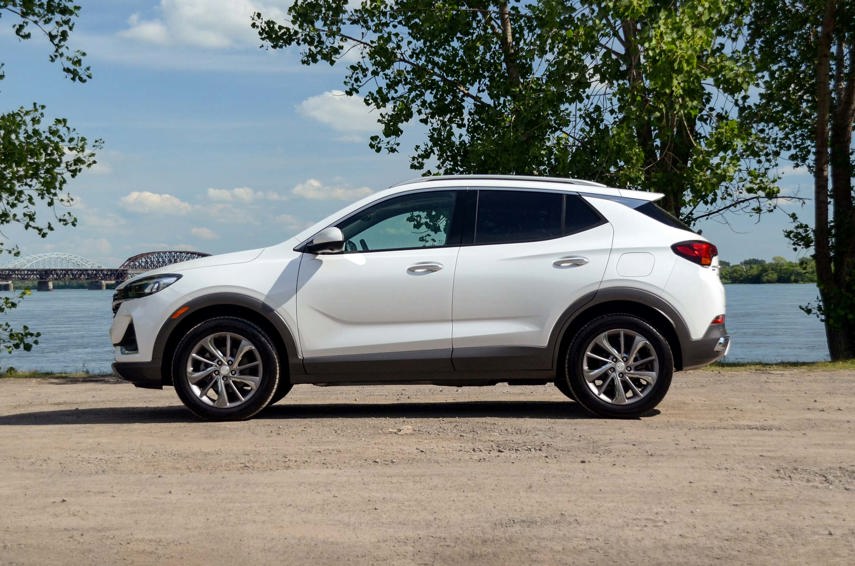For more than a year, a shortage of semiconductor microchips has been wreaking havoc on the auto industry, forcing manufacturers to pause production of vehicles they can’t finish building.
As a result, many dealers have few cars to sell, and if you’ve been among the lucky few who have been able to find the vehicle you want, new or used, you probably paid a premium for it due to the imbalance in supply and demand – or at least didn’t see many incentives applied to bring the selling price down. It’s a sticky situation all around, which is why we’ve put together some tips for how you can try to beat the microchip shortage.

Have Time, Will Travel
According to an AutoTrader.ca survey conducted earlier this year, 35 per cent of shoppers are prepared to spend more time finding the car they want, with 49 per cent saying they anticipate dedicating an extra two to four hours weekly to their vehicle search. In addition, 42 per cent of car shoppers would be willing to travel further to get that vehicle, and 31 per cent are ready to go more than 400 km from home.
This isn’t a new strategy, but it’s one that could pay off more than ever in today’s pandemic-driven marketplace. Vehicle prices vary by region, and it may be worth driving a few hours from home to get the car, truck, or SUV you’re after.
But first, make sure that journey will be worthwhile. Read reviews and watch videos at trusted sites like AutoTrader.ca to find out which vehicles have the performance and features you want, and then reach out to dealers within the distance you’re willing to travel to find out who has the vehicle you want and can give you a price you’re happy with. If you can't find a vehicle close by, try expanding your search radius.

Sacrifice Some Features
One of the ways some automakers are trying to keep vehicles rolling off the assembly line is by leaving certain non-essential features out to reduce the number of microchips they need. The result is that some models and trims may be sold without features they’d otherwise have, like embedded navigation or premium infotainment systems.
If you’re shopping for a new vehicle, consider what those options are worth to you. If you really like the way a particular model drives and/or looks, forgo those secondary features and save a few bucks. You’ll have to be even less picky if you’re shopping used – especially if you’re looking for a particular model in a specific trim. You might have to settle for one with fewer goodies than you want, or spend a bit more for a model that comes with features you may rarely use.

Expand Your Horizons
Lifelong brand loyalists take note: this might be an opportunity to branch out and consider carmakers you’re unfamiliar with or about which you have preconceived notions. Maybe you don’t think German or Japanese cars offer good value, or you think a given brand suffers from quality issues. This is where it will pay to do some research. Even a brand known for so-so build quality will probably have at least one model that’s particularly well-made.
Quality can also depend on where a car is built, and brands like J.D. Power rank manufacturing facilities based on the average quality of the cars produced there. Automakers are public about where they build the cars they sell in Canada, so a little digging can yield some surprises as far as projected vehicle quality is concerned.

Trades Welcome
Even in normal times, car dealers are always on the lookout for desirable vehicles they can add to their used inventory. If you’ve bought a new car in the last two or three years, you may have been contacted by the selling dealer to ask if you’re interested in trading up to a newer one. If the car you’re driving is a particularly popular model or has a relatively low odometer reading, you may get calls and/or emails from multiple dealers.
Car dealers don’t do this as a public service; for them, it’s a proven way to sell more cars and make more money. But in the current climate of vehicle shortages and elevated used-car prices, you might be able to play the situation to your favour.
Say you currently drive a late-model three-row SUV. If you think you could live with a smaller vehicle – say, a compact crossover – whose new MSRP is about the same as what your current ride is worth, you could try to negotiate a one-for-one trade. In a more extreme version of this scenario, imagine trading down to a compact car, at which point a desperate enough dealer might also be willing to put cash on the table to get your SUV.
What kind of deal you can get depends on many different factors, but you’re most likely to come out on top in a situation where multiple dealers want your trade.

Shed the Excess
Finally, if you already have a car you like but find you’re not using it much any more, take advantage of today’s hot used-vehicle market to sell it. This tactic will pay off better in certain vehicle segments than others. Regardless, you should be able to get more for your used car or truck right now than when supply and demand are closer to being in balance.
As with the previous tip, you could also investigate trading your current vehicle against something smaller and/or less expensive.
Before you place a for-sale ad at AutoTrader.ca, however, think about how often you use your car. If you sell a vehicle only to end up renting or using car-sharing vehicles several times a week, you might not end up saving much money, if any at all. Likewise, if you’re contemplating a life change that may prompt you to buy another car in, say, a year’s time, you’ll probably do better by keeping the vehicle you already have.
There’s no clear indication of when the current climate will ease, with speculation that it could be another year or more before the industry rebounds to pre-pandemic levels of production. Until then, those simple tips could be the difference for you, so shop wisely.

